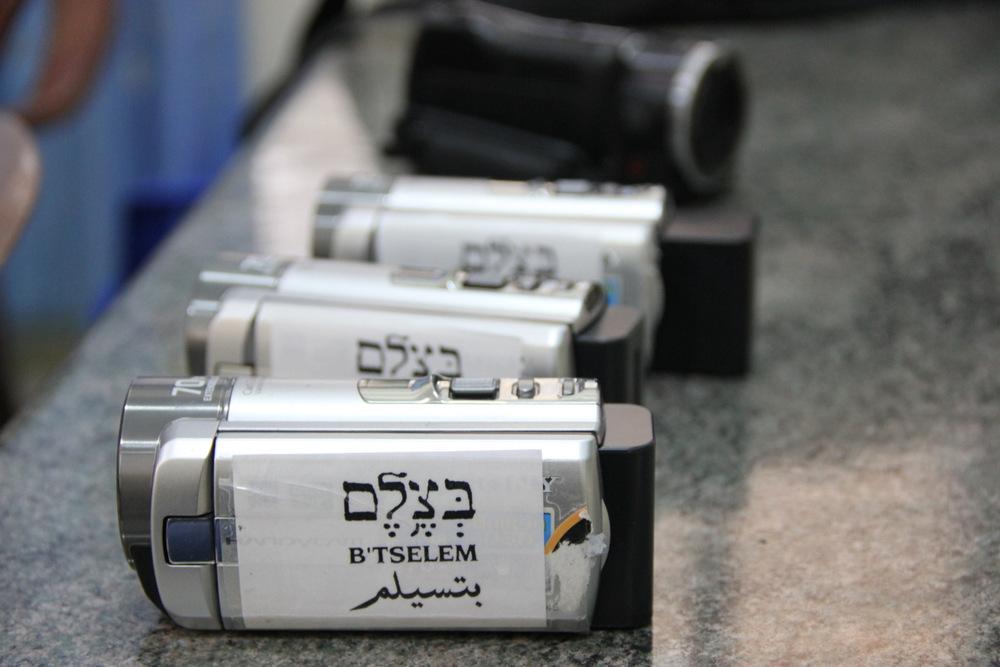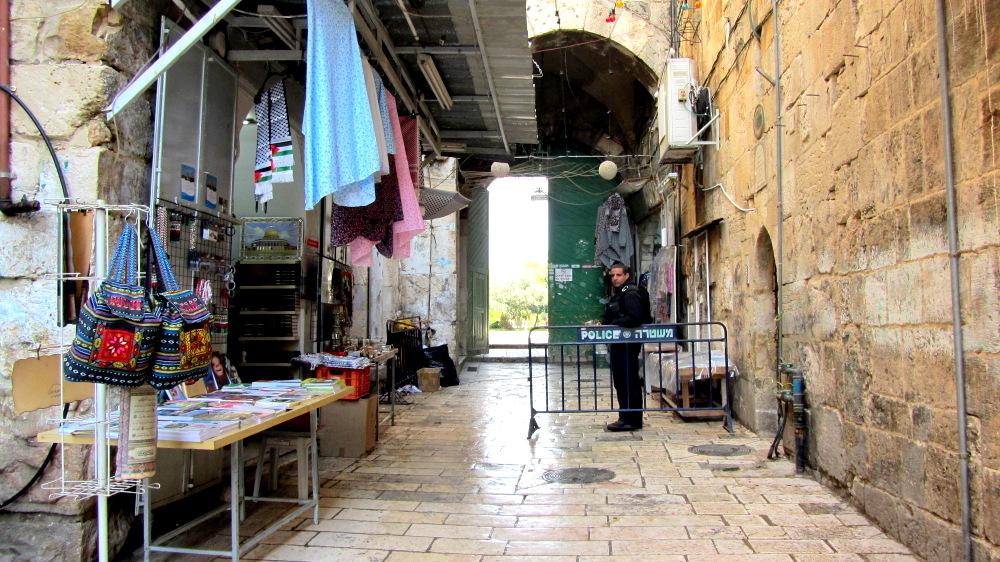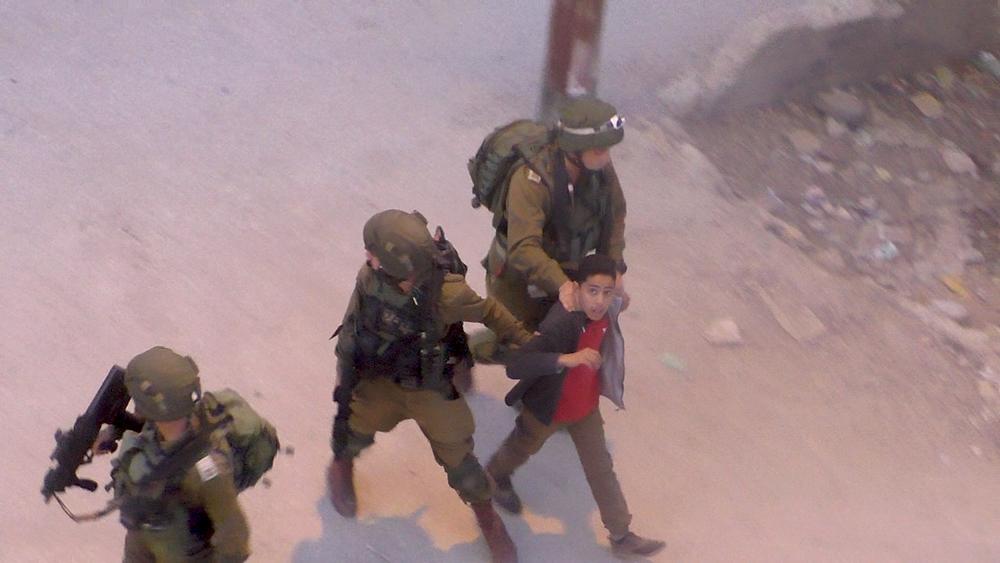Facts
Title: B’Tselem and the Impact of video in turbulent environments
Location: Israel, occupied territories
Issue: Human rights, military violence
Aim/purpose of the video: To bring to justice a soldier who murdered a Palestinian activist.
Organisation: B’Tselem
Featured methodologies: Witness Video, Video for Advocacy
Video length: 3 mins. Year: 2016
Toolkit Section: Understanding Risks [Risk Management]
Written by: Egbert Wits
B’Tselem, founded in 1989, is the Israeli Information Centre for Human Rights in the Occupied Territories. It uses video documentation to expose human rights violations and the daily reality under Israel’s military occupation.

B’Tselem, founded in 1989, is the Israeli Information Center for Human Rights in the Occupied Territories.
In 2007, B’Tselem started its Camera Project in the West Bank and East Jerusalem, which gave legal and technical training Palestinian volunteers and equipped them with cameras. Over the years, the volunteers’ footage has helped B’Tselem expose the violent nature of Israel’s control and advocate for an end to the occupation.
Film Background
One of the volunteers, Imad Abu Shamsiyeh, lives in Hebron, a Palestinian city where about 800 Israeli settlers live in the midst of its Palestinian population. This reality creates constant friction between the local population and the Jewish settlers and Israeli security forces.
On March 24, 2016 Abu Shamsiyeh documented an Israeli soldier extrajudicially killing a Palestinian who had carried out a knife attack and was lying incapacitated on the road for 11 minutes after being shot and injured by Israeli soldiers.
After verifying the footage was real and seeking the consent from the volunteer and the victim’s family members, B’Tselem published the video, which immediately created a media storm both in Israel and abroad.
It is extremely rare for Israeli security forces personnel to be indicted for offences committed against Palestinians, but the clear cut video left Israeli authorities with no other option.
The media storm continued for many months while the highly unusual trial took place. The soldier, Elor Azaria, was found guilty of manslaughter and sentenced to 18 months of imprisonment. He was released after serving nine months.
Risks and Impacts
For Abu Shamsiyeh there were consequences as well. He and his family have suffered from violence and harassment, a common fact of life in Hebron’s old city centre. After shooting the viral video, Abu Shamsiyeh received death threats with increasing frequency.
When he tried to file a complaint with the Israeli police officers in Hebron, the officers threatened him with arrest. B’Tselem had to temporarily relocate Abu Shamsiyeh and his family to a different area at times when tensions were especially high.
The discourse in Israel about the trial, where large segments of the population sympathised with the shooter, strengthened existing tendencies in Israeli politics to persecute human rights groups and activists.
B’Tselem has been accused of provocation, with some politicians claiming they are purposely setting up incidents in order to film them.
A draft law was recently introduced, seeking to forbid the documentation of Israeli security forces altogether. Whether the draft law will be formally introduced still remains to be seen, but the proposal is a testament to the effectiveness of video documentation.
The widespread international attention of the video contributed to increased exposure of other materials by B’Tselem, which also shed light on the daily violent routine of the occupation. Before March 2016, the Youtube channel of B’Tselem received around 20,000 viewers on a monthly basis. In 2017, this increased to around 500,000 viewers on a monthly basis.
But in the aftermath of Abu Shamsiyeh’s video, B’Tselem has become even more aware of the importance of the environment in which a film is published.
Ehab Tarabieh, B’Tselem’s video department director, explains that if you want to use video to document and publicise human rights offences you “must understand the law of the region you are working in”.
In some cases, the justice system forms the only way a human rights organisation can protect its volunteers or other community members. Therefore connections with lawyers or people that understand the law are vital components within risk management.
This B’Tselem’s case study illustrates that the political and legal environment can greatly affect the impact of a video and that one should be prepared to face these risks. Using video can also cause unexpected changes in this environment, such as the potential new law that forbids taking of footage of any Israeli soldier.
The filmmaker and his family have returned home safely after hiding. Abu Shamsiyeh has become an even more active volunteer of B’Tselem and continuous to capture footage of life inside the Occupied Territories.

